This article will delve into the mechanism and potential of AltLayer.
Author: Dewhales Research
Translation: Deep Tide TechFlow
AltLayer has evolved from an aggregated boxed zk solution to launching proprietary technology to expand and accelerate web3 based on re-staking. Let's delve into this through application examples!
1. Introduction
In the constantly evolving blockchain environment, scalability and customization have become the main concerns for application developers. With the increasing popularity of ZK Rollups and Optimistic Rollups, it is clear that there is a need for solutions that allow developers to extend their applications while maintaining flexibility and control.
In recent years, ZK Rollups and Optimistic Rollups have gained a lot of attention in the blockchain field because they can significantly improve the throughput and efficiency of existing blockchains such as Ethereum. However, despite their promises, these rollup technologies also bring their own challenges, especially in terms of accessibility, customization, centralization of sequencers, soft finality, and fragmented liquidity.
This is where AltLayer comes in. Unlike the existing options available to application builders today, AltLayer offers Rollups-as-a-Service (RaaS) for developers seeking practical control over their rollup solutions. RaaS services allow developers to directly manage their rollups, providing a high degree of customization and control over their blockchain infrastructure.
However, what truly sets AltLayer apart is its new re-staking Rollup framework, which introduces re-staking into rollups. The combination of RaaS and the re-staking Rollup framework allows anyone, including individuals with little programming experience, to create their own customized blockchain execution layer in minutes, providing additional security and decentralization to their rollup. This significant feature bridges the gap between technical and non-technical users, making AltLayer an accessible choice for a wide range of application builders.
In this article, we will delve into the mechanism and potential of AltLayer, exploring how it serves as a Rollup-as-a-Service solution in the rapidly evolving blockchain environment.
2. Rollup Hub
AltLayer is a Rollup-as-a-Service protocol for developers to launch their own Layer 2 (imagine launching a version dedicated to applications such as Optimism, zkSync, Arbitrum, etc.). AltLayer provides:
SDK for developers who want to manage their own rollup
Code-free dashboard, allowing anyone to launch a customized execution layer in 2 minutes with a few simple clicks
Essentially, AltLayer is a decentralized rollup hub that allows individuals to launch their own L2 solutions to meet their needs. However, questions may arise regarding the available execution method types, rollup speed, and general/specific rollups.
AltLayer allows the launch of ZK Rollups and Optimistic Rollups using EVM, WASM, or other runtime environments to meet general or application-specific purposes. Users can fully customize their rollups according to their needs and preferences.
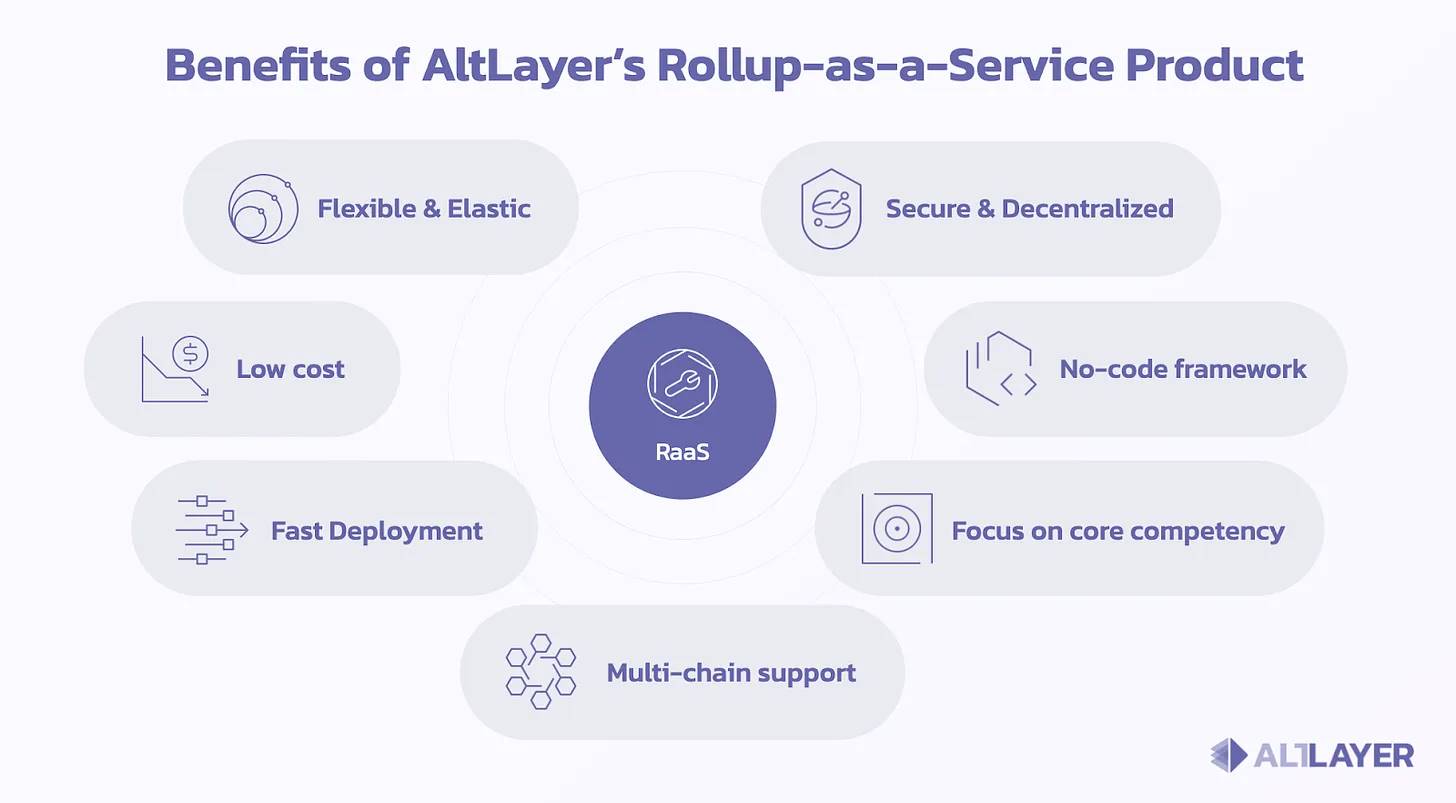
Figure 1: Advantages of AltLayer's Rollup-as-a-Service product. Source: docs.altlayer.io
As mentioned above, AltLayer allows for rapid deployment in minutes, a process similar to deploying on a general chain. AltLayer's rollups do not require hundreds of validators to ensure security (e.g., Cosmos SDK) as they use a underlying chain (Layer 1) as a security layer.
AltLayer is designed with modularity at its core, allowing end users to customize rollup solutions according to their preferences. This flexibility extends to the choice of runtime environments, including options such as EVM, WASM, and more. Additionally, users can choose their preferred data availability layer, whether it's an L1 blockchain or a data layer like Celestia. AltLayer also allows users to choose their preferred settlement layer, such as Ethereum or Arbitrum One.
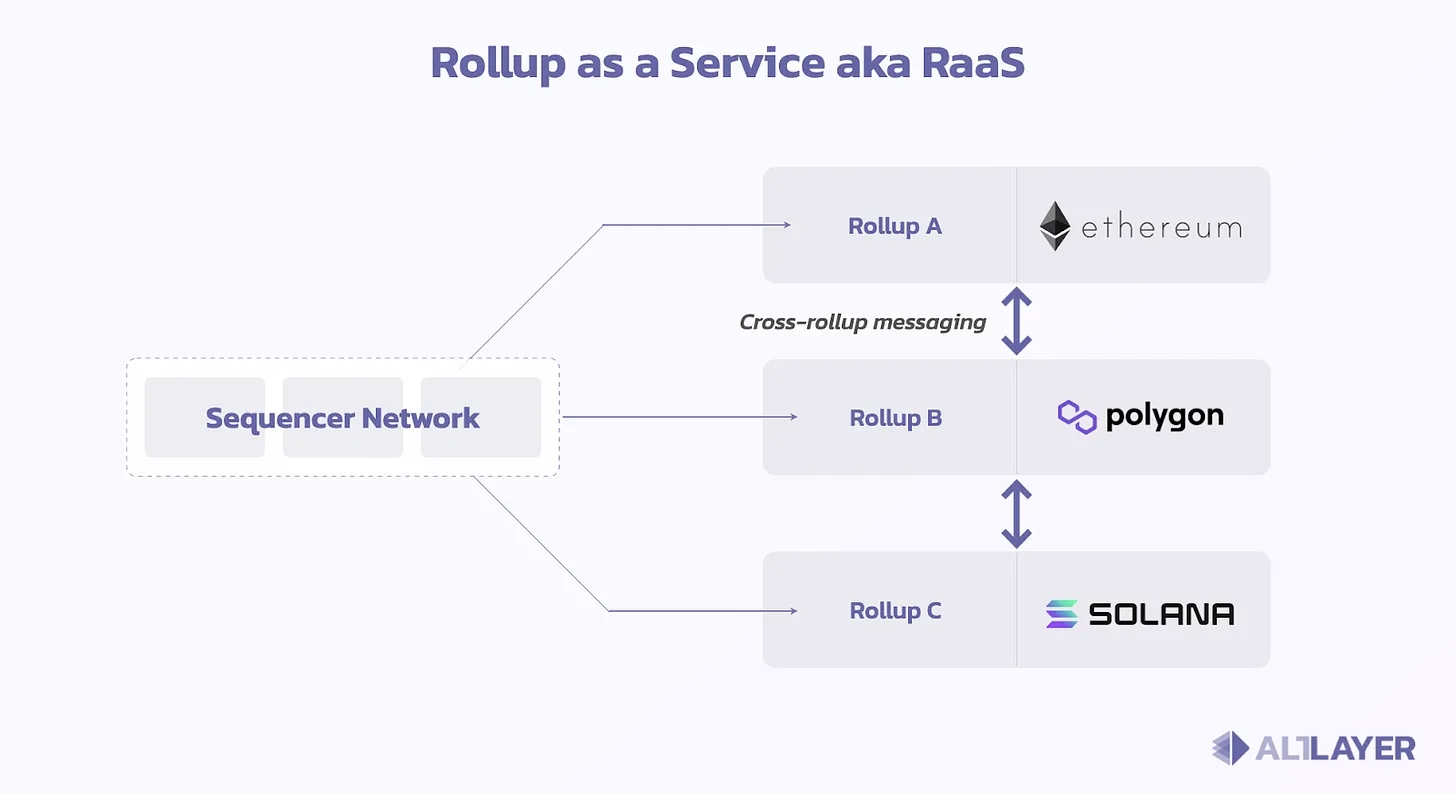
Figure 2: RaaS architecture. Source: docs.altlayer.io
One of the main issues faced by most rollups is the decentralization of sequencers (transaction ordering and processing). However, AltLayer operates with a decentralized sequencer network. These sequencers are selected from a sequencer network called SQUAD, based on their staking and some randomness. We will discuss SQUAD in detail in the next section.
Finally, a noteworthy core feature is layered finality. Traditional blockchains typically categorize blocks as either finalized or not finalized. However, AltLayer takes a more nuanced approach to block finality, implementing a layered system. This layered system allows end users to determine the final status of transactions based on their chosen security budget. As blocks pass through these different finality layers, the confidence in finality gradually increases. At the execution level, the confidence in finality is lowest, reaching its peak at the rollup level.
AltLayer's final confirmation process consists of three different levels: execution level (suitable for low security budgets), validation level (suitable for medium security budgets), and rollup level (suitable for high security budgets).
Execution level final confirmation: The contents of the transaction pool are collected and organized into blocks by block producers. These blocks are then submitted to the consensus protocol. Once the consensus protocol verifies and accepts these blocks and their contained transactions, they receive final confirmation at the execution level.
Validation level final confirmation: Once blocks generated and verified by block producers and the consensus protocol pass the validation by validators, validation level final confirmation is achieved. Further, stronger confirmation occurs as more validators are able to confirm or reject updates, increasing the likelihood of correctness.
Rollup level final confirmation: Blocks cleared through arbitration consensus undergo a challenge phase, where anyone can run their validators and participate in validation. If discrepancies in on-chain proposals are found, challengers can raise challenges. Successful challenges invalidate subsequent blocks, triggering state rollback. Unsuccessful challenges result in a reduction of the challenger's stake.
AltLayer also offers another type of rollup called Flash Layers, which are more suitable for addressing scalability issues. Flash Layers are one-time, application-specific rollups with optional fraud proofs.
Through Flash Layers, dApp developers can:
Quickly launch a fast and scalable rollup backed by Layer 1
Use the rollup when needed to prevent congestion on Layer 1
Handle rollup through "final settlement" on Layer 1 as needed
This significantly optimizes resource utilization, as the execution layer and its resources are only invoked when the dApp experiences high traffic exceeding the limits of Layer 1. When demand decreases, the dApp can seamlessly return to operating on Layer 1.
Potential use cases include NFT minting events, games, event ticketing, and more.
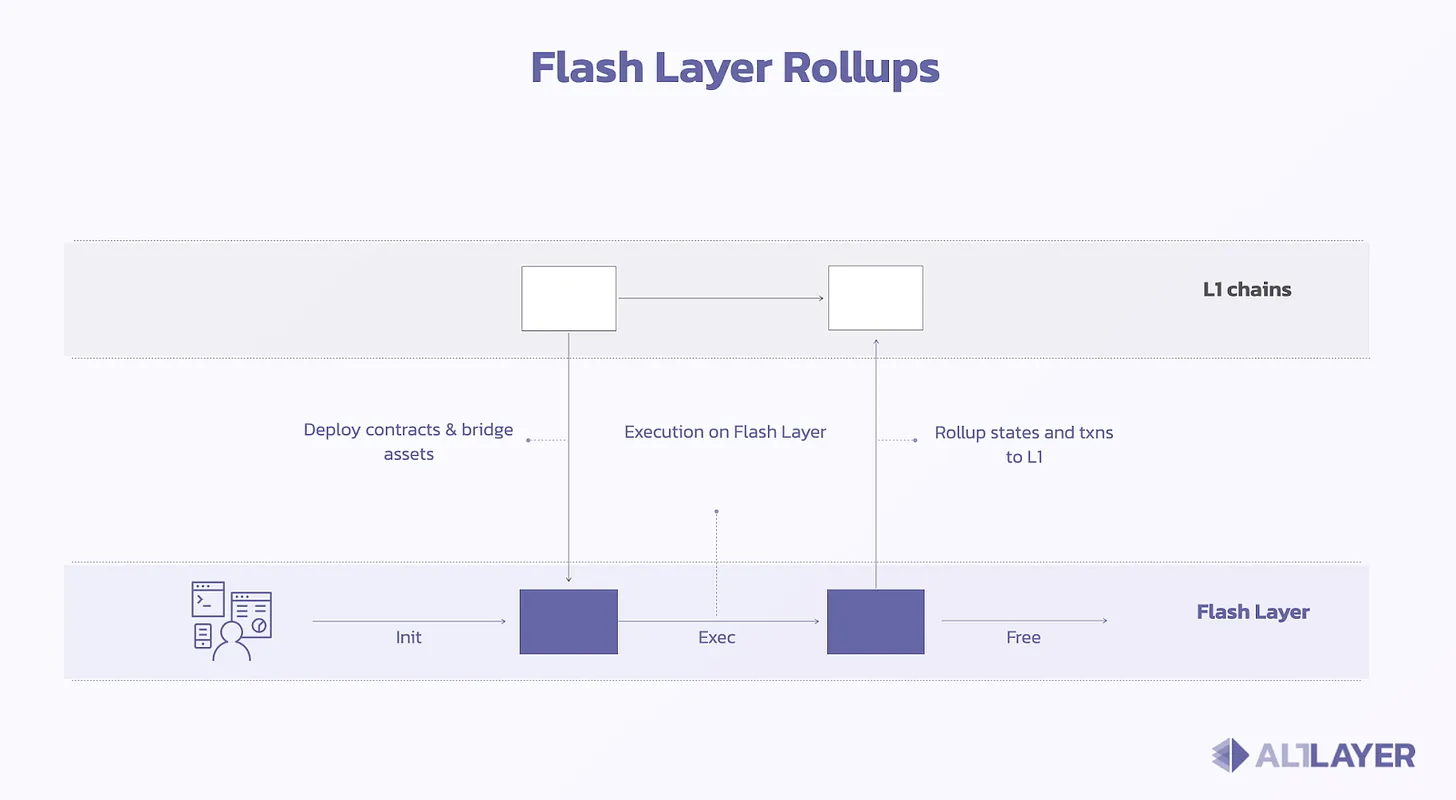
Figure 3: Flash Layer rollups. Source: docs.altlayer.io
3. Re-staking Rollups
This is a new concept proposed in collaboration with EigenLayer. It includes a set of three vertically integrated Active Verifiable Services (AVS) created on demand for a given rollup package. These AVS collectively provide three key services for rollup applications: decentralized sequencing, state correctness verification, and faster finality. This contributes to the decentralization of rollups, enhanced security, interoperability between rollups, and leverages Ethereum's trusted network through re-staking. The updated rollup package consists of three modular components:
VITAL (AVS for decentralized rollup state verification)
MACH (AVS for fast finality)
SQUAD (AVS for decentralized sequencing)
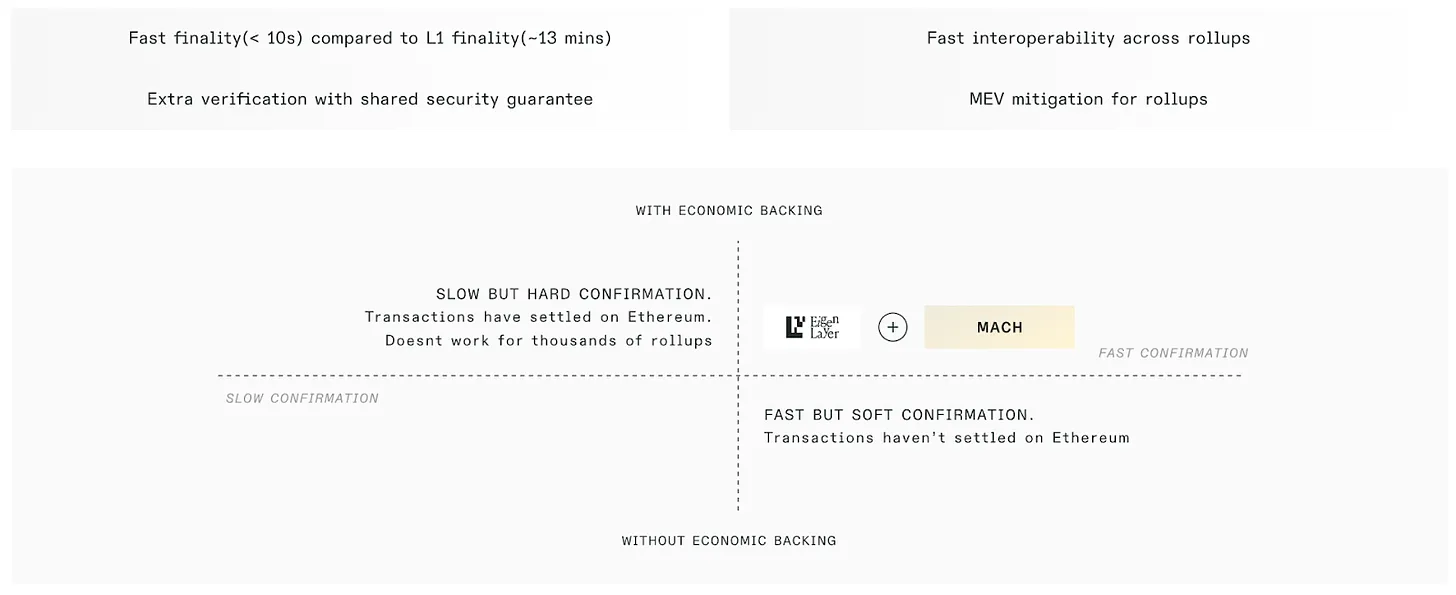
Figure 4: Re-staked rollups. Source: altlayer.io/restaked-rollups
Let's take a closer look at these components:
VITAL serves as the integrated verification layer for the rollup package. It consists of a network of AVS registered operators who verify all new states proposed by SQUAD operators. VITAL operators detect invalid state roots and can challenge SQUAD operators using a binary protocol.
Essentially, VITAL is a network of operators that verify new states. Unlike the preliminary confirmations provided by rollup sequencers, the confirmations provided by VITAL are more robust due to their underlying economic incentives. This allows assets to be instantly withdrawn. VITAL can also work with optimistic and ZK proofs, where VITAL operators can request SQUAD operators to generate ZK proofs for disputed state roots.
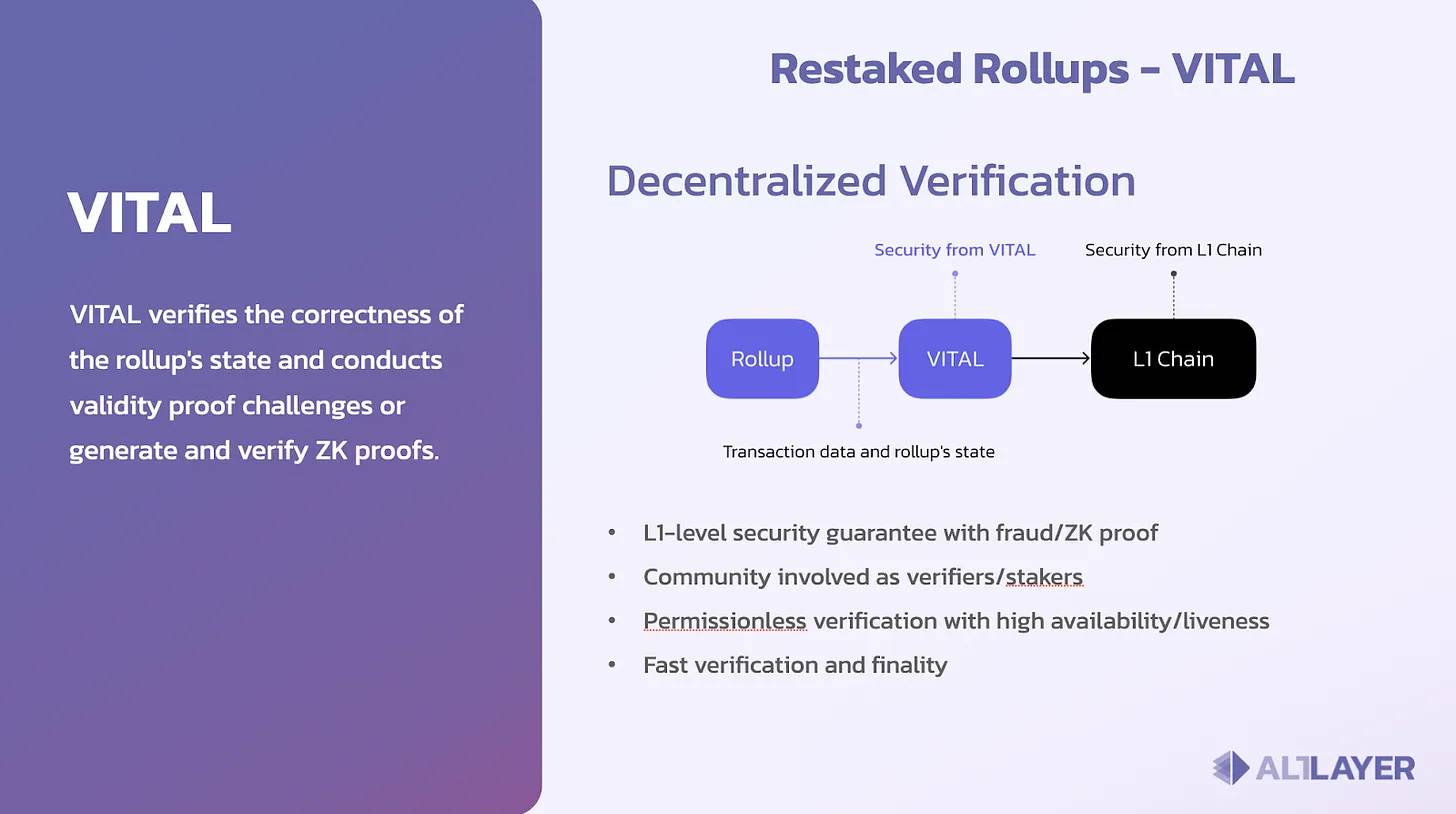
Figure 5: VITAL. Source: blog.altlayer.io
MACH aims to address the slow finality issue of rollups by verifying rollup blocks and ensuring that the blocks transition the state according to the rollup's state transition function. Upon detecting invalid blocks, MACH operators issue alerts. If enough operators agree with the alert, it can be escalated to upstream dApps.
The MACH service will be provided as an RPC endpoint to end users, reporting whether specific rollup blocks are considered final. This RPC endpoint can be integrated into any aggregated decentralized application, providing faster and more reliable confirmations. Additionally, MACH will be beneficial for exchanges, bridges, light clients, and other auxiliary services that require streaming access to rollup states and blocks to deliver their products and services.
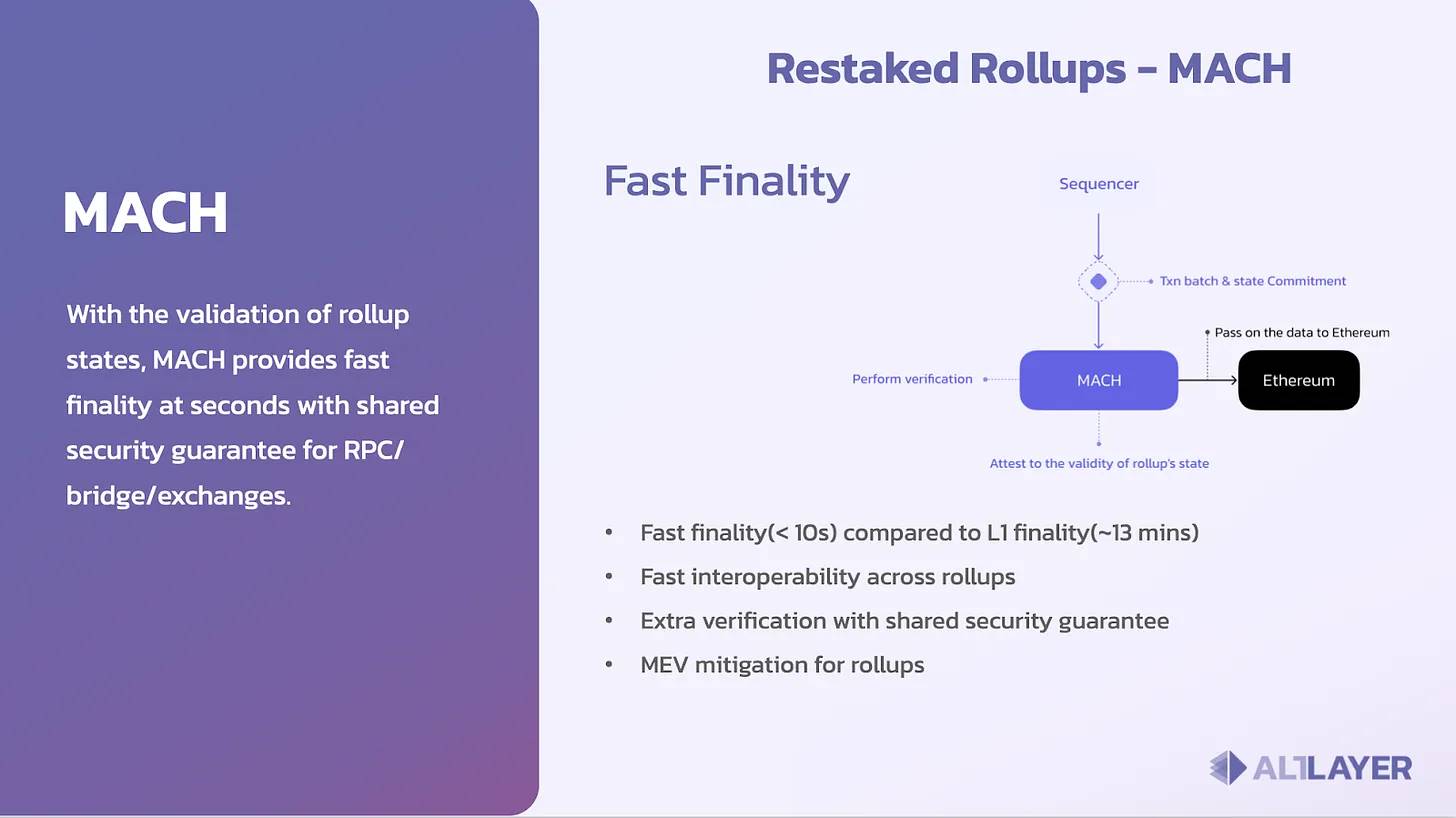
Figure 6: MACH. Source: blog.altlayer.io
SQUAD enables nodes operated by EigenLayer AVS operators to register their interest as rollup sequencers. Once the required number of sequencers have staked the minimum collateral, these sequencers can start sequencing transactions for the rollup.
To facilitate the discovery of sequencers, SQUAD is designed as a node network that any EigenLayer AVS operator can join, effectively acting as a complete blockchain with WASM and EVM execution environments. Nodes in SQUAD are referred to as validators, which is typical in any PoS network.
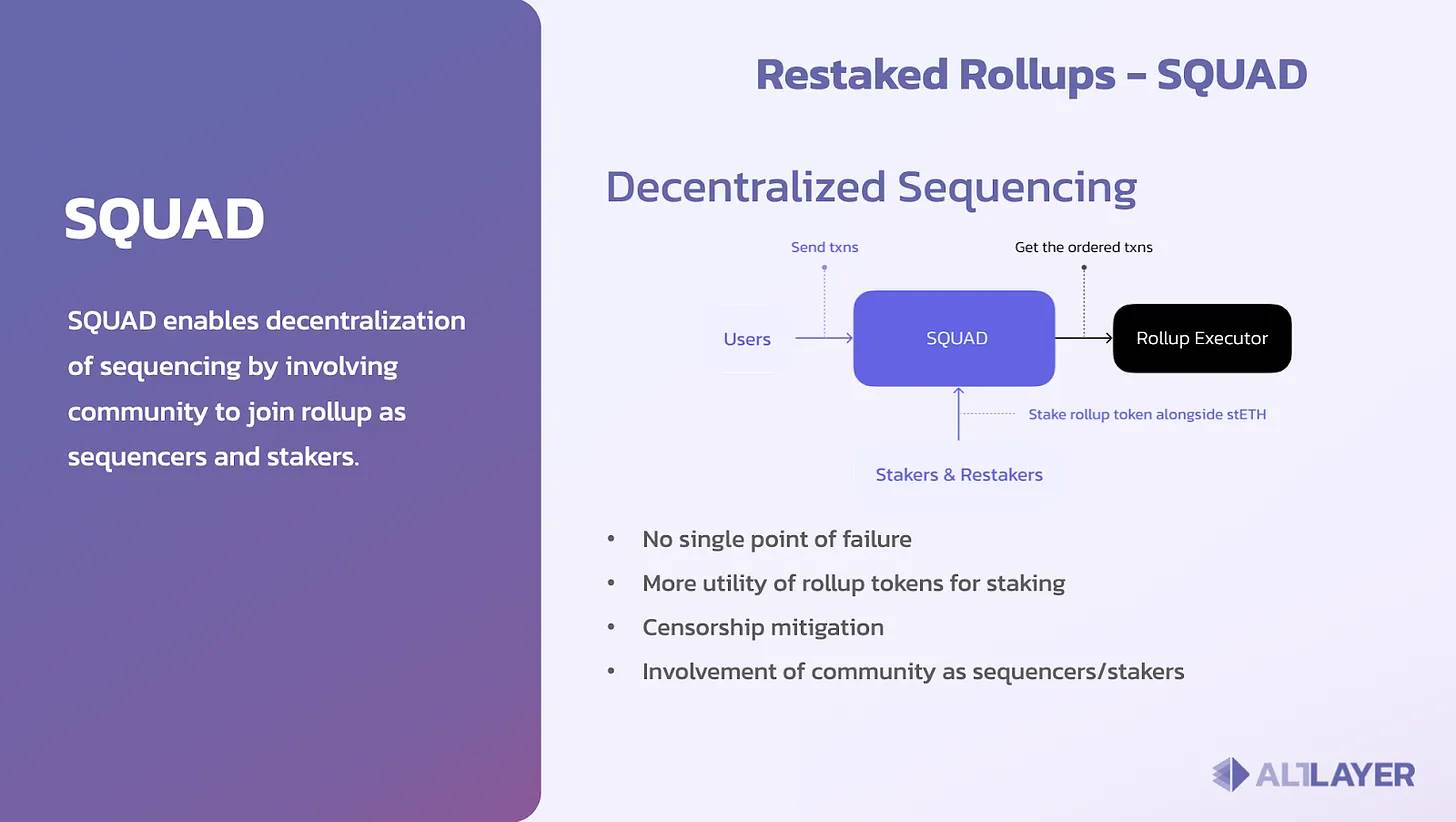
Figure 7: SQUAD. Source: blog.altlayer.io
3. Related Participants
- ### Partners and Projects Using AltLayer Technology
AltLayer has a large number of partners, most of which are integrative in nature, involving the use of AltLayer's technology stack or integrating with other projects' technology stacks to collaborate with AltLayer. This is a strong indicator of a Rollup-as-a-Service product. As of September 2023, AltLayer has multiple partners and integrations: EigenLayer, Sovereign SDK, HyperLane, Celestia, Orbiter Finance, Espresso Systems, Radius, Double Jump.Tokyo, and Arbitrum Orbit.
Other projects related to AltLayer include: Another World, My Square, Connext, MatchBox, Oveit, BendDAO, Skyark, Port3, Degame, Uforica, Evolv, Chirpley, StratisX, RNS.ID, 3UP, Evolv, Fobo.club, Automata, MySquare NFT, TaskOn, and DF Archon. By the end of May 2024, AltLayer has numerous partners and integrations, with blog announcements every week, and the ecosystem section covering 120 different categories of projects.
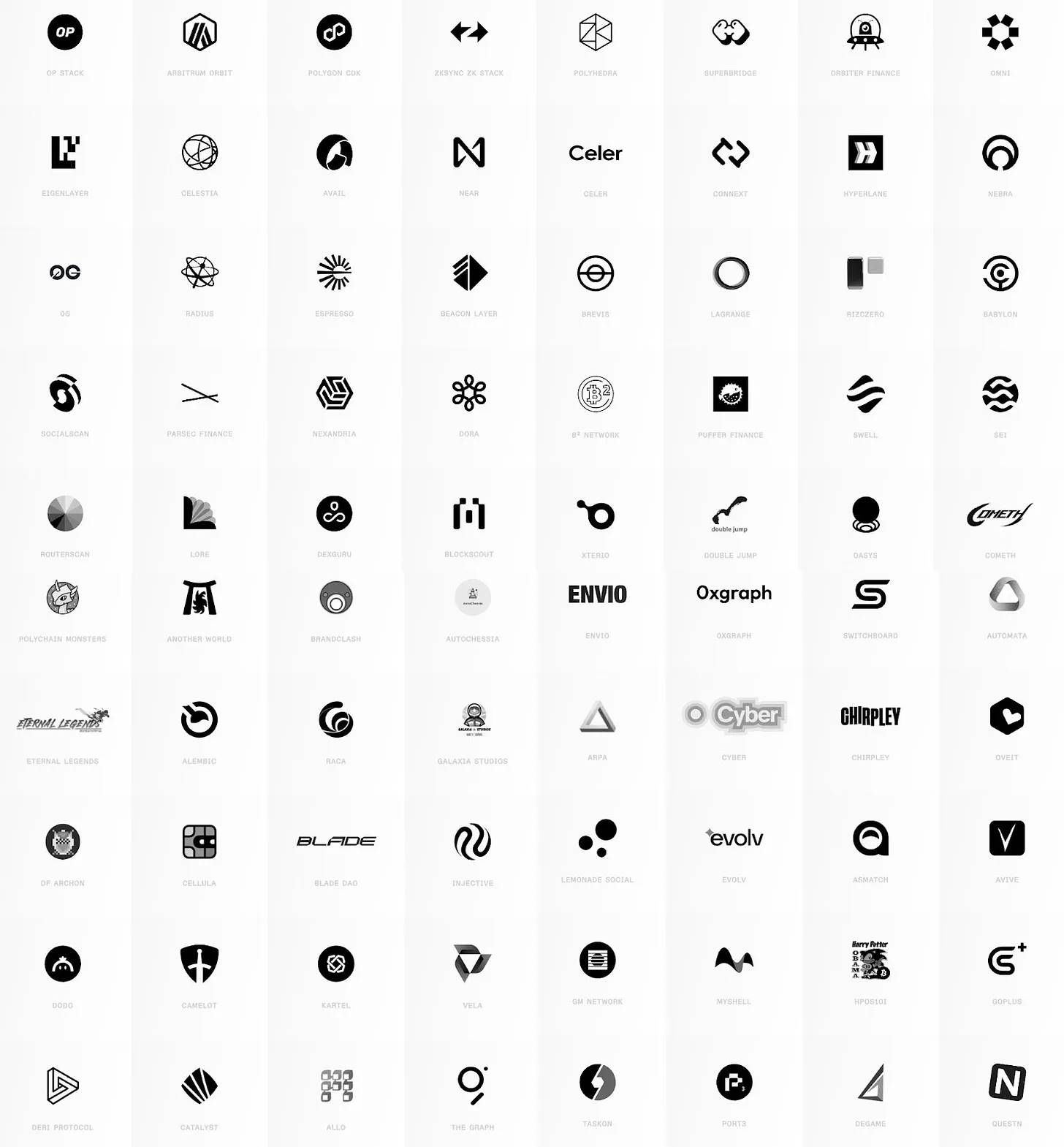
Figure 8: AltLayer Ecosystem. Source: altlayer.io
- ### Integration Examples
EigenLayer is an Ethereum re-staking protocol. As mentioned earlier, AltLayer and EigenLayer jointly proposed the concept of re-staking rollups. AltLayer currently has the following re-staking rollups on the EigenLayer mainnet:

Polyhedra: ZkBridge from Polyhedra Network has made significant progress in the blockchain industry, providing a powerful, efficient, and secure cross-network interaction protocol covering multiple Layer 1 and Layer 2 networks. By integrating zkBridge, AltLayer rollups can now ensure seamless compatibility with over 30 different Layer 1 and Layer 2 networks. As part of the collaboration, AltLayer plans to join the Polyhedra AVS for re-staking Bitcoin zkBridge.
Injective: Integrated AltLayer's MACH for inEVM, allowing the deployment and integration of smart contracts compiled to EVM bytecode in the Injective ecosystem, while ensuring composability through WASM/EVM. AltLayer's MACH will provide re-staking security in inEVM, benefiting applications running through inEVM.
Brevis: Brevis is a zero-knowledge coprocessor that allows smart contracts to read and utilize complete historical data from any chain and execute custom computations in a trusted manner. With Brevis, developers can create various data-driven functionalities. AltLayer's re-staking rollup will now be enhanced through the Brevis coprocessor. Re-staking rollup is our flagship product. By making the Brevis coprocessor available for re-staking rollups, developers on AltLayer can reliably perform on-chain historical data computations and build data-driven decentralized applications responsive to dynamic data inputs.
Sovereign SDK: This is an interoperable and scalable rollup package ecosystem that can run on any blockchain. Their SDK is an open-source toolkit for creating zk and optimistic rollup packages. The Sovereign SDK is used by protocols such as Haun, 1kx, EigenLayer, and Celestia. In AltLayer, Sovereign is integrated to facilitate the deployment of rollup packages in the Rollups-as-a-Service (RaaS) ecosystem.
HyperLane: Simplifies the deployment of feature compatibility on its blockchain. Through permissioned interaction capabilities, users can deploy Hyperlane anytime, anywhere. As a result, blockchain creators and developers can enjoy greater autonomy and quickly make their products available on various chains. AltLayer collaborates with Hyperlane to provide permissioned compatibility in the AltLayer ecosystem. In addition to the built-in bridging, projects using the AltLayer technology stack can leverage Hyperlane for merged service deployment and communication.
Celestia: A modular blockchain used by AltLayer for Data Availability (DA) to address data availability and reliable state verification challenges. AltLayer is configured to support Celestia's DA layer as one of the possible options for rollup packages created through the AltLayer merge dashboard, reducing the cost of data availability. As part of the integration, AltLayer developers will extract chain data from Celestia, compress it, and upload it to the Celestia network. This will allow the complete reconstruction of the rollup's state using Celestia's data.
Nebra: AltLayer collaborates with Nebra to integrate its advanced Universal Proof Aggregation (UPA) technology into its rollup solution. Nebra's UPA is the first production-ready universal proof aggregation protocol designed to achieve over 10x gas cost reduction and composability of zero-knowledge proof verification.
Orbiter Finance: Acts as a bridge between Ethereum and L2 rollups. Orbiter collaborates with AltLayer to address liquidity fragmentation issues in L2 through feature compatibility tools.
Espresso Systems: Integrated into the AltLayer stack, adding the Espresso sequencer, a decentralized sequencing solution. Developers can choose to use AltLayer's decentralized verification solution and/or Espresso sequencer when deploying rollup packages in the AltLayer stack. This partnership provides application developers with a simple way to launch scalable and customizable L2 layers, while ensuring that users benefiting from merged packages also benefit from the properties provided by decentralized sequencers.
Radius: Redefines the decentralization of rollup packages by protecting them from MEV, censorship resistance, and financial stability threats. This protection safeguards users from censorship and MEV risks through encryption-based sequencing. With the integration of Radius and AltLayer, developers will discover the dual advantage of user-friendliness and efficiency of the AltLayer platform combined with the encryption-based sequencing provided by Radius.
Double jump.tokyo: A leading blockchain gaming and NFT startup in Japan, collaborates with AltLayer to integrate its comprehensive technology stack into Oasys, an optimized blockchain created by a group of developers, including Double jump.tokyo, for game development.
It is worth noting that overall, AltLayer embraces web3 gaming narratives and caters to clients in this field. AltLayer offers two types of rollup packages for game developers: transient and persistent. Transient rollup packages are ideal for event-driven applications experiencing rapid demand spikes in a short period, such as mini-games or turn-based games. On the other hand, persistent rollup packages are best suited for games with longer lifecycles.
Furthermore, AltLayer's rollup packages (Village Layer) have been used to host popular cross-network games, such as Dark Forest, attracting 250,000 transactions daily. AltLayer positions the Village Layer as a suitable solution for games.
Arbitrum Orbit: A permissioned solution recently announced by the Arbitrum Foundation, enabling developers to create fully customizable Layer 3 secured by Arbitrum One. AltLayer has begun integrating support for Arbitrum Orbit and its technology stack on its no-code launch dashboard and will be ready for use in the second quarter of 2023, becoming the first rollup package provider to support Arbitrum Orbit.
Deri Protocol: A method for using DeFi derivatives trading: hedging, speculation, arbitrage, all on-chain. Through Deri Protocol, trades are executed based on the AMM paradigm, and positions are marked as NFTs, making it easy to integrate with other DeFi projects.
Automata: A blockchain middleware provider supported by Binance Labs, Jump Crypto, and others. They recently launched a modular proof layer where proofs are entirely on-chain for off-chain protocol computations.
Cometh: A game studio in France. They have previously worked with well-known clients such as La Française des Jeux (FDJ), Lacoste, FanLive Rugby, and Life Beyond Studios to meet their Web3 needs.
4. Token Economics
The functions of the AltLayer token include:
Economic Bond: The ALT token will be used alongside re-staked assets to provide economic collateral. This collateral can be slashed if malicious behavior is detected.
Governance: ALT token holders can vote on governance decisions.
Protocol Incentives: Operators in the AltLayer ecosystem can earn ALT tokens as rewards for providing services.
Protocol Fees: Network participants need to pay ALT tokens to use services within the network.
In addition, AltLayer also has token wrappers - reALT and stALT:
reALT: Represents "re-staked ALT tokens" and is an interest-bearing ERC20 token that records the holder's staking in ALT and accumulates rewards through compounding. reALT tokens are issued to users staking ALT in the main staking pool. It is a reward token accumulating rewards from re-staking.
stALT: This is an ERC1155 token representing the holder's staking in the main staking pool. stALT tokens can be manually converted to reALT through the portal.
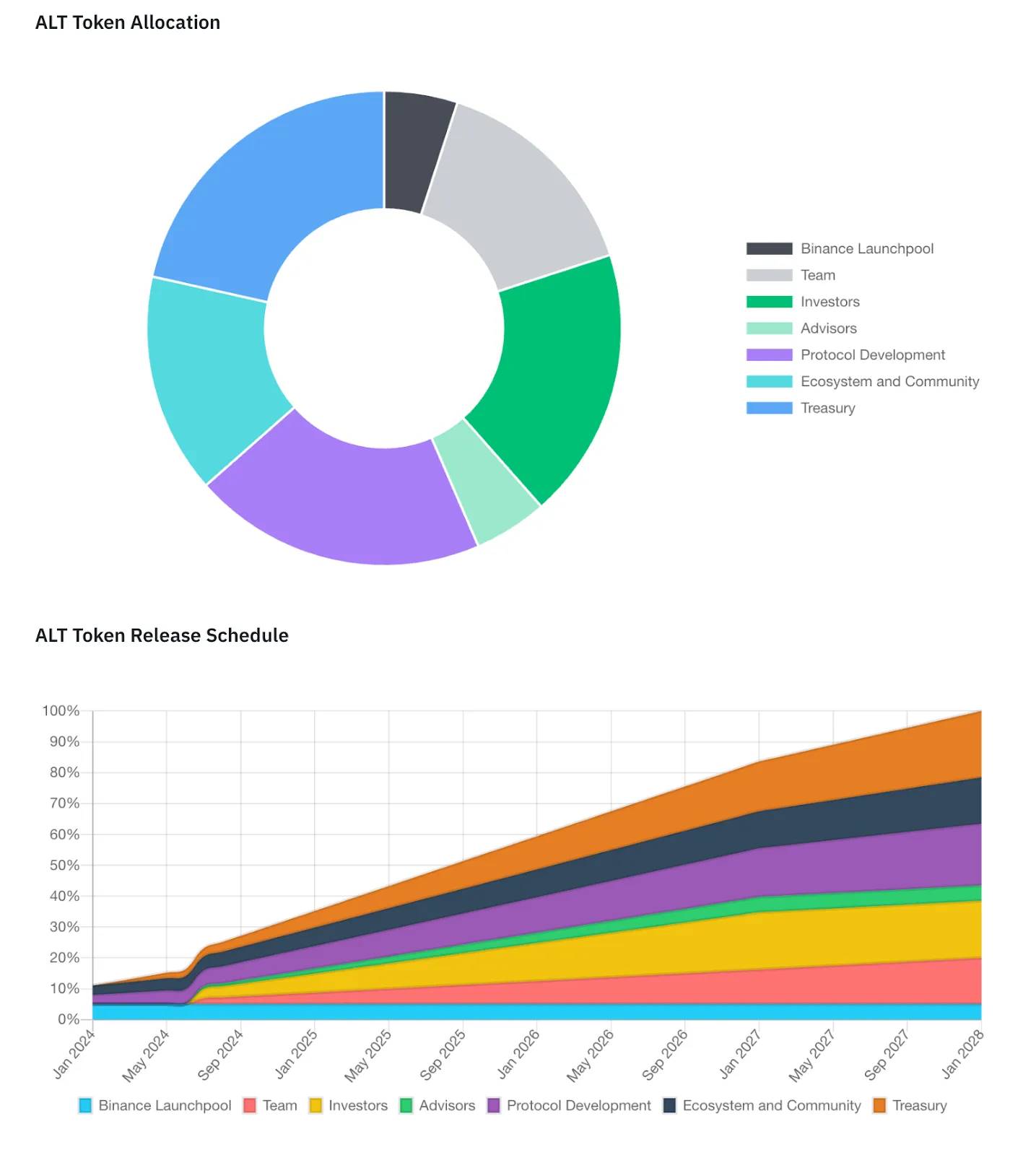
5. Who is Driving AltLayer?
Most team members and developers come from Zilliqa, with their experience dating back to 2017, indicating a strong technical background. Additionally, team members have a good reputation within the crypto industry.
Yaoqi Jia, CEO: In 2019, Yaoqi was named in Forbes "Asia 30 Under 30". He obtained a Ph.D. in Computer Science from the National University of Singapore's School of Computing in 2017. Yaoqi led the design and creation of the first publicly accessible fully sharded blockchain platform, including network, transaction, and smart contract sharding. He also collaborated with Xfers to develop the StraitsX stablecoin project in Southeast Asia and was involved in blockchain projects with Mindshare, Singapore Exchange, Hg Exchange, among others. Prior to Zilliqa, Yaoqi worked at Parity Technologies.
Amrit Kumar, Chief Operating Officer: Amrit holds a Master's degree in Information Systems Security, Cryptography, and Coding, and obtained a Ph.D. in Computer Science from Grenoble Alpes University in France, where he worked at the Grenoble Informatics Laboratory (Inria). He co-founded and served as the Chief Investment Officer of Zilliqa and is currently the Chief Operating Officer of Alt Research, a research company related to AltLayer.
Tan Jun Hao, Head of Product Engineering: Tan Jun Hao is a former co-founder and core developer at Zilliqa, highly active in the Zilliqa community, involved in technical aspects, DeFi ecosystems, and their state. He has been working in computer security since 2019 and holds a Bachelor's degree in Computer Science with a focus on Information Security from the National University of Singapore.
Antonio Nunez, Head of Platform Development: Antonio holds a Bachelor's degree in Physics and Computer Engineering from the University of the Philippines Diliman. Since 2006, he has extensive development experience in various languages and tools and is a former co-founder and senior engineer at Zilliqa.
Dorothy Liu, Head of Growth: Dorothy holds a Bachelor's degree in International Business Management and a Master's degree in Marketing. She has worked as a consultant at Deloitte and served as Vice President at OSL. With experience at well-known companies such as Synthetix and HashKey Trading, Dorothy has an excellent understanding of inter-chain mechanisms in blockchain.
Aparna Narayanan, Communications Director: Aparna previously worked in public affairs and strategic communications at APCO Worldwide and holds Bachelor's degrees in Economics, Management, Political Science, and Public Policy. She entered the crypto field in 2019 and was promoted from Community Manager to Communications Director at Zilliqa.
6. Supporters
AltLayer's supporters mainly come from Tier 1 and individuals with a good reputation in the crypto industry: Polychain Capital, Breyer Capital, Jump, Binance Labs Fund, Hashkey Capital, Bankless Ventures, IOSG Ventures, Primitive Ventures, TRGC, Mask, OKX Ventures, DAO 5. Notable individuals include Circle co-founder Sean Nevile, Gavin Wood, a16z General Partner Balaji Srinivasan, Kain Warwick of Synthetix, Ryan Selkis of Messari, Jordan Momtazi of Synthetix, and Bodhi Ventures.

Figure 10: AltLayer supporters. Source: altlayer.io
7. Conclusion
In the past development cycles of the cryptocurrency industry, projects have aimed to intensify fragmentation in the process of competing for liquidity and users, striving to dominate the market. However, there is an increasing recognition that collaboration is essential. Each project has its strengths and weaknesses, as well as a focus on specific user categories and developers. There has been a noticeable trend towards aggregation in recent years, with dApps, different strategies, liquidity, and modular blockchains emerging.
AltLayer is a forward-thinking project aimed at providing maximum convenience for developers without the need for significant resources, enabling them to launch their own networks and even implement it from the SDK. Additionally, AltLayer offers its own practical technological solutions for various blockchain layers to launch rollups and is capable of leveraging other technologies, including modular technology, to present products as Rollup as a Service.
Furthermore, AltLayer has successfully integrated with new technologies and incorporated them into its stack. This is evident in its integration with EigenLayer, where AltLayer rapidly provided an AVS-based solution and seamlessly integrated products for rollups.
免责声明:本文章仅代表作者个人观点,不代表本平台的立场和观点。本文章仅供信息分享,不构成对任何人的任何投资建议。用户与作者之间的任何争议,与本平台无关。如网页中刊载的文章或图片涉及侵权,请提供相关的权利证明和身份证明发送邮件到support@aicoin.com,本平台相关工作人员将会进行核查。




